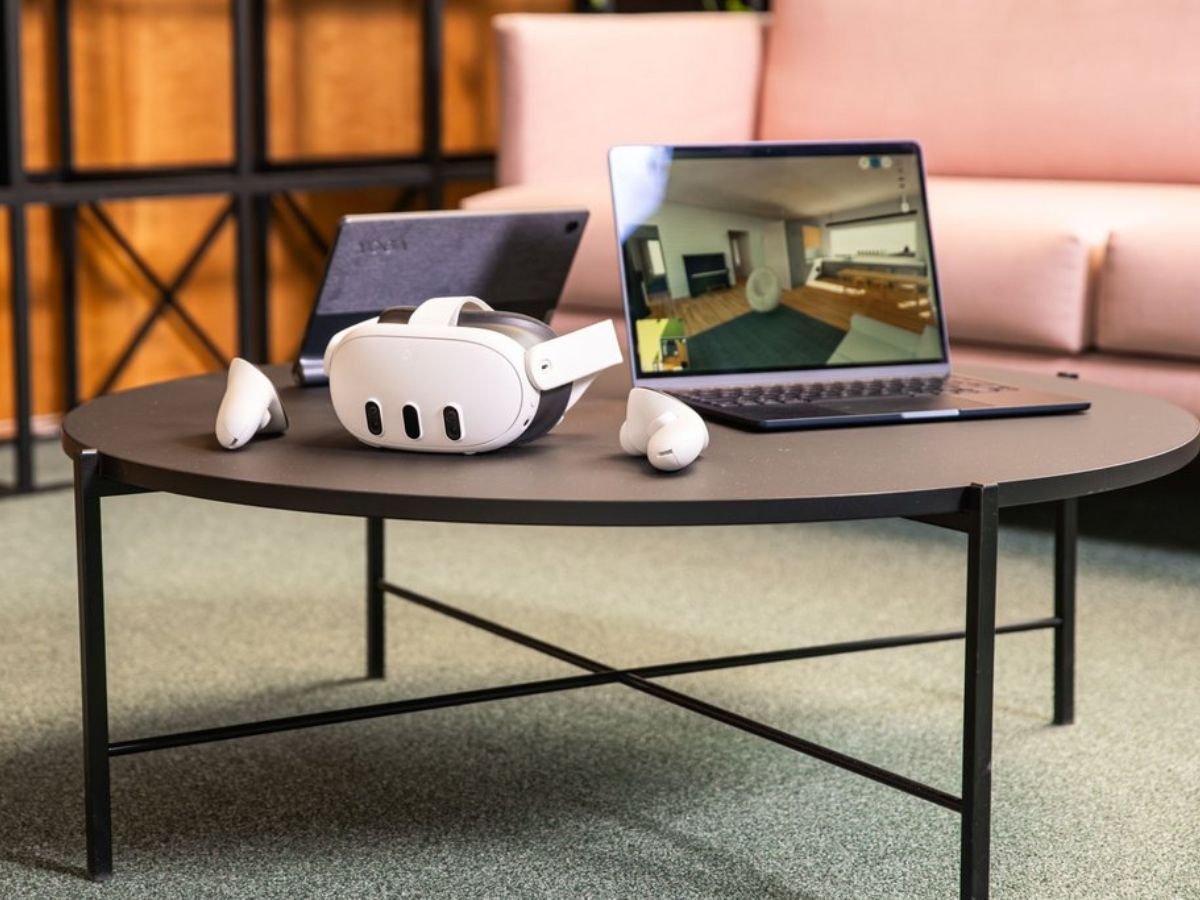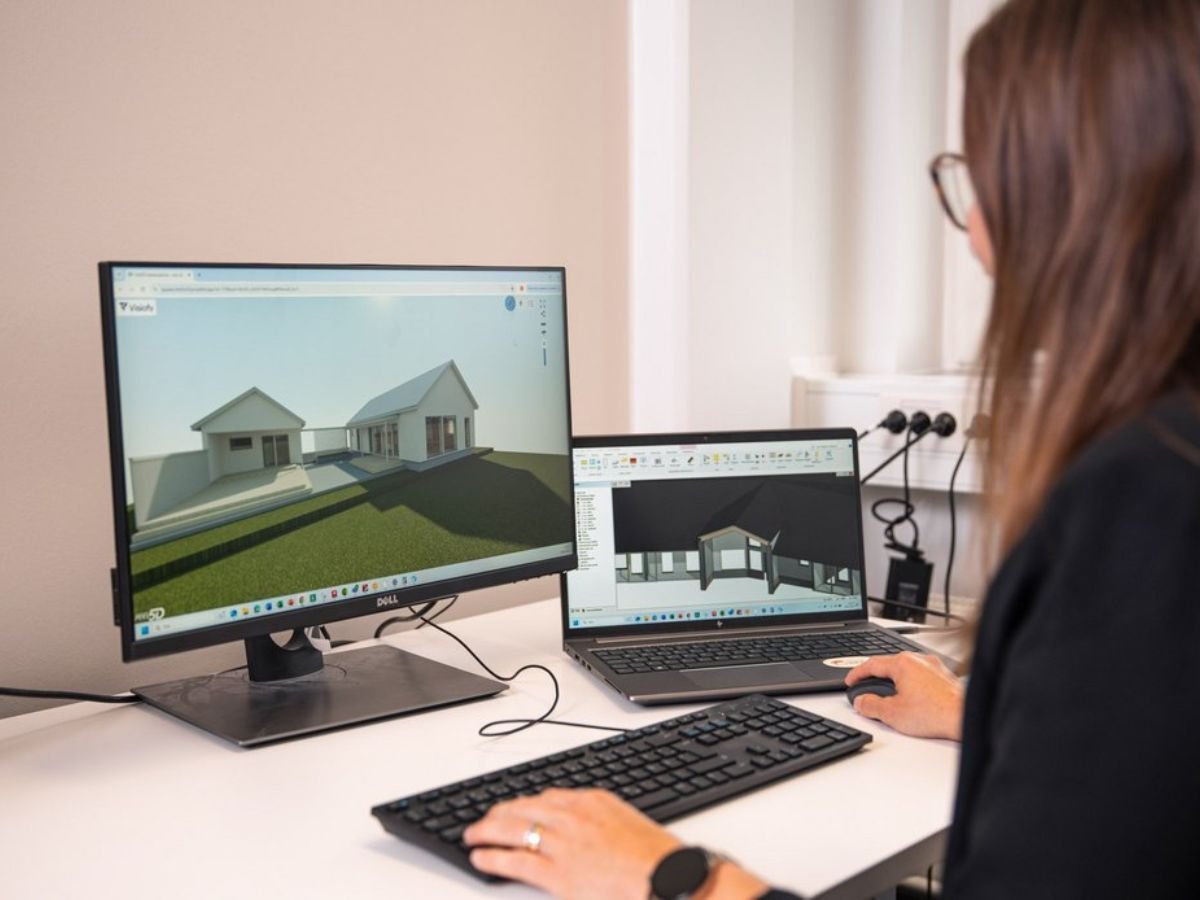
CAD to VR: The Complete Guide to Bringing Your Architecture Models to Life
You’ve already done the hard work — you’ve modeled your project, refined the design, and produced everything from drawings to diagrams. Now you want to share it in a way that’s not just impressive, but immersive.
That’s where VR walkthroughs come in.
In this guide, we’ll show you how to take your existing CAD or 3D model and turn it into a walkable, real-scale virtual experience — no coding, no game engines, no steep learning curve. Just a smoother, more intuitive way to showcase your design intent.
Let’s dive into how you can go from CAD to VR in just a few steps.
Why Go from CAD to VR?
The traditional tools — floor plans, sections, static renders — are still important. But increasingly, clients, reviewers, and juries want to experience a space, not just imagine it.
By turning your design into a virtual walkthrough, you let people:
-
Move through the design in real-time
-
Understand scale, circulation, and light
-
Feel more confident about what they’re seeing
-
Remember your presentation longer
It’s not about replacing drawings — it’s about adding an experiential layer that makes your work stand out.
🔗 Read: Virtual Walkthrough vs Render: What’s the Difference?
What Qualifies as a CAD Model?
If you’re designing in tools like: SketchUp, Archicad, Chief Architect, Live Home 3D or Vertex BD, you already have what you need.
These tools can export a 3D geometry file — like.obj, or .dae — which is exactly what you need to build a VR experience with Visiofy.
🔗Archicad to VR - How it works
How the CAD to VR Process Works
The good news? You don’t need a developer. Or a gaming PC.
With a tool like Visiofy, it’s simple:
1. Prepare Your Model
Export your design in a supported format (like .obj, or .dae). Clean up extra geometry (avoid high-poly objects), check scale, and simplify large file sizes if needed.
2. Upload to Visiofy
Start a new project, drag and drop your file into Visiofy’s web platform.(Yup, that's right - software installs, no plug-ins).
3. Generate a Walkthrough
Visiofy automatically processes your model into a walkable 3D environment. It generates a link which you can check out in the very same comuter browser:
- Preview in-browser or in VR
- Spin the house from outside, above and below
- Switch to walk mode: walk, run or move sideways
-
View the building in tabletop mode
4. Share It
Add the link to your website, Behance, Issuu portfolio, or even as a QR code in a PDF. You can also share it directly with a client via e-mail or messaging apps. The link works on any desktop and mobile browser view the
Which Tools Should You Use?
There are dozens of tools out there for architecture visualization — but most come with steep learning curves or technical barriers.
| Tool | Best for | Limitations |
|---|---|---|
| Unity / Unreal | Full custom VR apps | Requires coding + complex setup |
| Enscape / Lumion | Real-time rendering | Desktop only, limited sharing |
| Visiofy | Walkable, shareable tours in minutes, no apps needed | Built for communication, not photorealism |
Where to Use Your Walkthrough
Once you have a Visiofy tour, there are countless ways to integrate it into your existing design workflow:
-
Portfolio websites (Webflow, Squarespace, etc.)
-
Issuu flipbooks with a QR code or embedded link
-
Behance project pages with a walkthrough as the final reveal
-
Client pitches and proposals
-
University submissions or thesis defenses
Use Cases in the Real World
Still not sure where walkthroughs fit in? Here are a few ways designers are already using them:
-
Students are adding walkthroughs to portfolios to showcase spatial thinking and technical fluency
-
Residential architects are helping clients understand room flow and proportion before permits are even filed
-
Builders are using VR to sell off-plan homes before a shovel hits the ground
-
Firms are including walkthroughs in competitions and funding decks to stand out from traditional static presentations.
Common questions
Do I need a VR Headset?
A headset is required for full VR immersion but a walkable 3D tour can still be experienced without a headset, and that’s how many users (especially clients and stakeholders) view it
What if my model is complex?
What if my model is complex?”
You can simplify geometry, hide heavy elements, or split large files into zones.
Is this just for big projects?
Not at all. VR is just as powerful when presenting a small residential addition — especially to non-technical clients.
You might also like:
How to Open a Shared Visiofy link with a VR Headset
How to Present a Visiofy Model Using a VR Headset
How to Use the Controllers on Meta Quest 3 - Tutorial for Architects
How to Record Your Screen with a VR Headset: A Simple Guide for Architects
VR Architecture: The Future of Design and Client Communication



